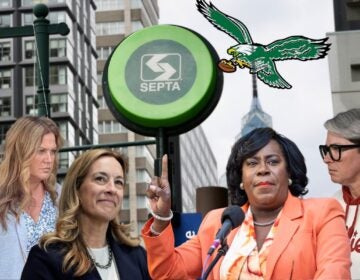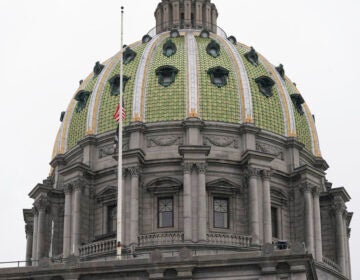Villanova Law’s ethics lapse points to deep flaws with rankings
So now we know that Villanova Law School achieved its ranking of 67th out of 184 U.S. law schools only by submitting false information to the American Bar Association about the grades and Law School Admissions Test scores of its incoming students.
Could there be anything more ironic? An institution dedicated to teaching legal ethics and adherence to rules itself cheating to make itself more attractive to prospective students?
This scandal actually tells us a lot about the dilemma that most American law schools, not just Villanova, find themselves in. The dilemma is caused by law school rankings published annually in U.S. News and World Report, which are believed to be widely consulted by students in deciding which law schools to apply to, and which ultimately to attend.
U.S. News and World Report determines its rankings based on data submitted by law schools to the American Bar Association. The magazine chooses various criteria from the data gathered by the ABA, such as the grades and LSAT scores of incoming students, and then prioritizes those criteria to generate its ranking.
The problem is that if different criteria were selected, or if the criteria were weighted differently, completely different rankings of law schools would result.
For that reason, critics of the U.S. News and World Report ranking have dismissed it as completely arbitrary and irrelevant. But for want of any clear alternative, the U.S. News and World Report ranking of American law schools has only grown in importance to student applicants and, consequently, to the law schools themselves.
While a law school’s place in the ranking would be important even in good economic times, it seems even more critical in difficult economic times, when students must weigh the challenges of taking on more debt to finance their legal educations against their prospects of finding a job after graduation to pay off that debt
. The reality of reduced demand for new lawyers is at least incrementally reducing the numbers of persons taking the LSAT exam and applying to American law schools. Law schools feel intense pressure from prospective students, alumni, donors, and employers of their graduates, to achieve a respectable ranking in the published list.
And since U.S. News and World Report discloses the criteria it uses in its ranking, and the weight it allocates to each factor, the temptation is great for law schools to “massage” the data they submit to the ABA, knowing how it will affect their places in the published ranking.
In reporting the percentage of their graduates who find work after graduation, for example, the ABA rules seem to permit the counting of any work, even temporary work, or work as a restaurant waiter or a barista at a coffee shop. If one law school doesn’t massage its data, but other law schools do, that law school will fall in the ranking.
Few legal academics are willing to discuss this phenomenon in public. But one who is, professor William Henderson of Indiana University Law School, has described law school reporting to the ABA as “Enron-type accounting.”
“Every time I look at this data,” he says, “I feel dirty.”
It must have seemed, to someone in the administration at Villanova Law School, only a small step from massaging the data to improving the data. It’s certainly to the credit of the law school’s new dean, John Gotanda, that he disclosed the problem as soon as he became aware of it, and has launched an on-going investigation to determine culpability. But the crisis at Villanova may be only the tip of a much larger iceberg clogging the sea lane of American legal education.
There may be simply too many law schools to supply the limited number of new lawyers required by the American market, especially as it emerges from recession. Too many new law schools have opened up, tempted by the lower costs of opening a new law school compared to, say, a new medical school requiring laboratories and a teaching hospital, and the easy availability of federally guaranteed student loan funds.
Here in Philadelphia, Drexel Law School opened in 2006 and graduated its first class in 2009 just in time for the Great Recession. Drexel joined Temple – where I teach – and Penn law schools in the city, Villanova on the Main Line, Rutgers in Camden, and Widener in Wilmington and Harrisburg. Until last year, Wilkes University in Wilkes-Barre was moving forward with plans to open a law school. And just this year, the University of Delaware announced plans for a law school at its Newark campus. And that pattern of new law schools opening up is true throughout the country.
The competition among law schools, both locally and nationally, is going to become even more intense. Stay tuned.
WHYY is your source for fact-based, in-depth journalism and information. As a nonprofit organization, we rely on financial support from readers like you. Please give today.




